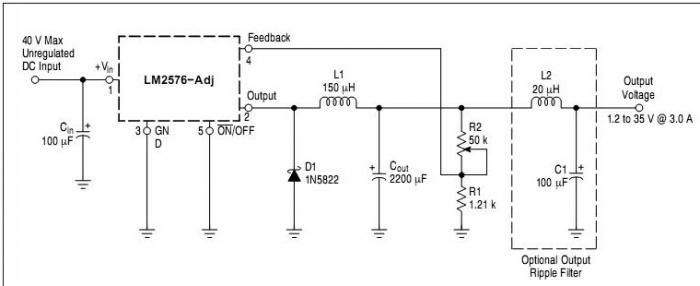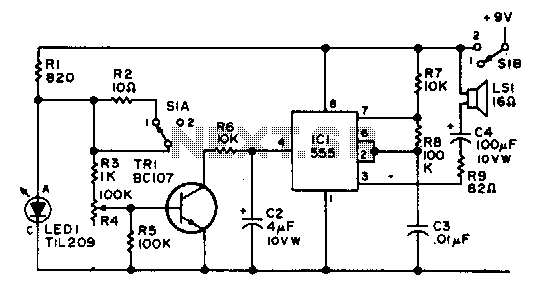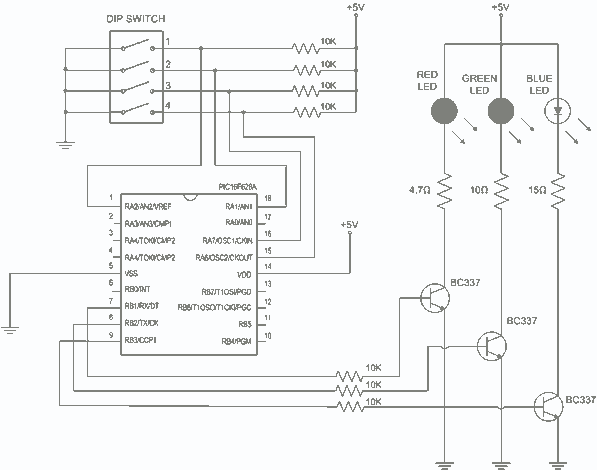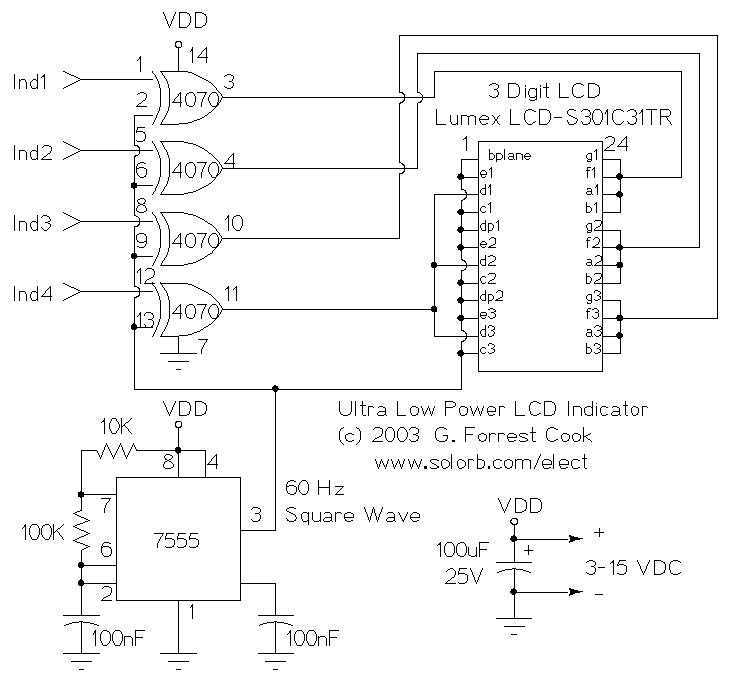
lm2576 simple lab power supply electronic project

A simple lab power supply electronic project can be designed using this circuit diagram, which is based on the LM2576 monolithic integrated regulator that provides all the active functions for a step-down (buck) switching regulator. As seen in the schematic, this LM2576 power supply requires few external electronic components and an unregulated DC voltage of about 40 volts.
The LM2576 is a versatile and efficient voltage regulator, ideal for applications requiring a stable output voltage from a higher input voltage. This integrated circuit is designed to deliver up to 3A of output current with a voltage drop of up to 40V, making it suitable for various power supply applications.
In the circuit configuration, the input voltage is connected to the input pin of the LM2576. An unregulated DC voltage source, typically around 40 volts, is recommended to ensure the regulator operates within its specified range. The output voltage can be adjusted by using external resistors connected to the feedback pin, allowing for output voltage settings between 1.23V and 37V.
The circuit also includes several essential passive components. An input capacitor (C1) is used to filter the input voltage, reducing voltage spikes and noise. A larger output capacitor (C2) is placed at the output to stabilize the output voltage and minimize ripple. Additionally, an inductor (L1) is crucial for the buck conversion process, storing energy when the switch is on and releasing it to the load when the switch is off.
To enhance performance, a diode (D1) is incorporated to prevent backflow of current and protect the circuit from potential damage. It is important to select a Schottky diode for its low forward voltage drop and fast switching characteristics.
Thermal management should also be considered, as the LM2576 may generate heat during operation. A heat sink may be necessary to dissipate excess heat, especially when operating at higher currents.
In summary, this simple lab power supply circuit utilizing the LM2576 provides an effective solution for converting higher DC voltages to stable, lower output voltages suitable for various electronic applications. The design's simplicity and efficiency make it an ideal choice for educational purposes and practical implementations in laboratory settings.A simple lab power supply electronic project can be designed using this circuit diagram which is based on the LM2576 monolithic integrated regulator that provide all the active functions for a step-down (buck) switching regulator. As you can see in the schematic circuit this LM2576 power supply require few external electronic components and an in
put unregulated dc voltage of about 40 volts. 🔗 External reference
The LM2576 is a versatile and efficient voltage regulator, ideal for applications requiring a stable output voltage from a higher input voltage. This integrated circuit is designed to deliver up to 3A of output current with a voltage drop of up to 40V, making it suitable for various power supply applications.
In the circuit configuration, the input voltage is connected to the input pin of the LM2576. An unregulated DC voltage source, typically around 40 volts, is recommended to ensure the regulator operates within its specified range. The output voltage can be adjusted by using external resistors connected to the feedback pin, allowing for output voltage settings between 1.23V and 37V.
The circuit also includes several essential passive components. An input capacitor (C1) is used to filter the input voltage, reducing voltage spikes and noise. A larger output capacitor (C2) is placed at the output to stabilize the output voltage and minimize ripple. Additionally, an inductor (L1) is crucial for the buck conversion process, storing energy when the switch is on and releasing it to the load when the switch is off.
To enhance performance, a diode (D1) is incorporated to prevent backflow of current and protect the circuit from potential damage. It is important to select a Schottky diode for its low forward voltage drop and fast switching characteristics.
Thermal management should also be considered, as the LM2576 may generate heat during operation. A heat sink may be necessary to dissipate excess heat, especially when operating at higher currents.
In summary, this simple lab power supply circuit utilizing the LM2576 provides an effective solution for converting higher DC voltages to stable, lower output voltages suitable for various electronic applications. The design's simplicity and efficiency make it an ideal choice for educational purposes and practical implementations in laboratory settings.A simple lab power supply electronic project can be designed using this circuit diagram which is based on the LM2576 monolithic integrated regulator that provide all the active functions for a step-down (buck) switching regulator. As you can see in the schematic circuit this LM2576 power supply require few external electronic components and an in
put unregulated dc voltage of about 40 volts. 🔗 External reference





